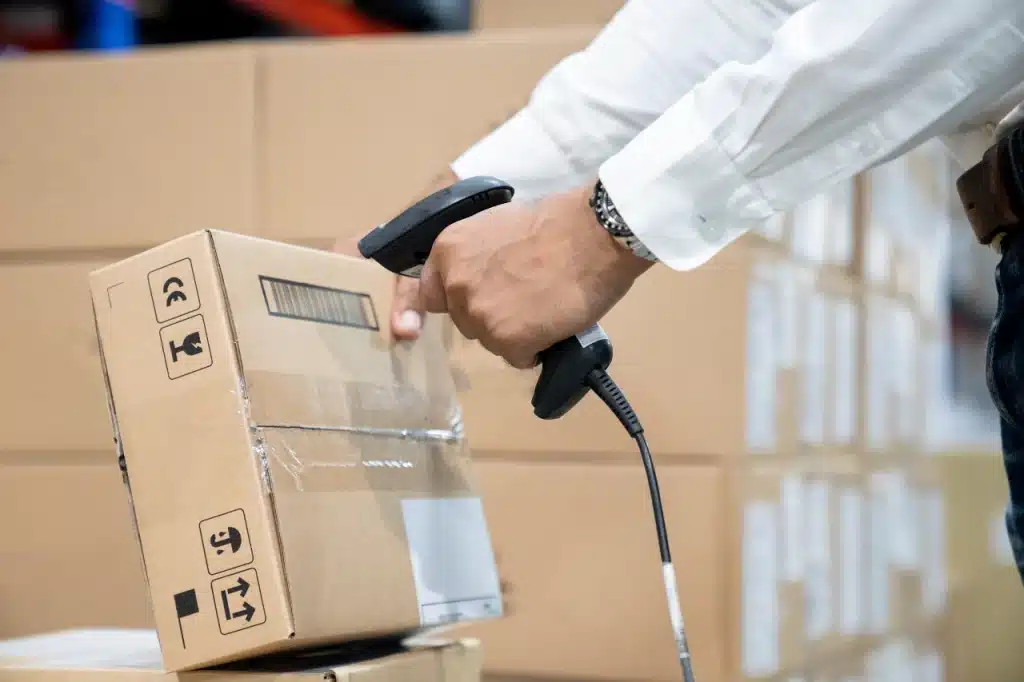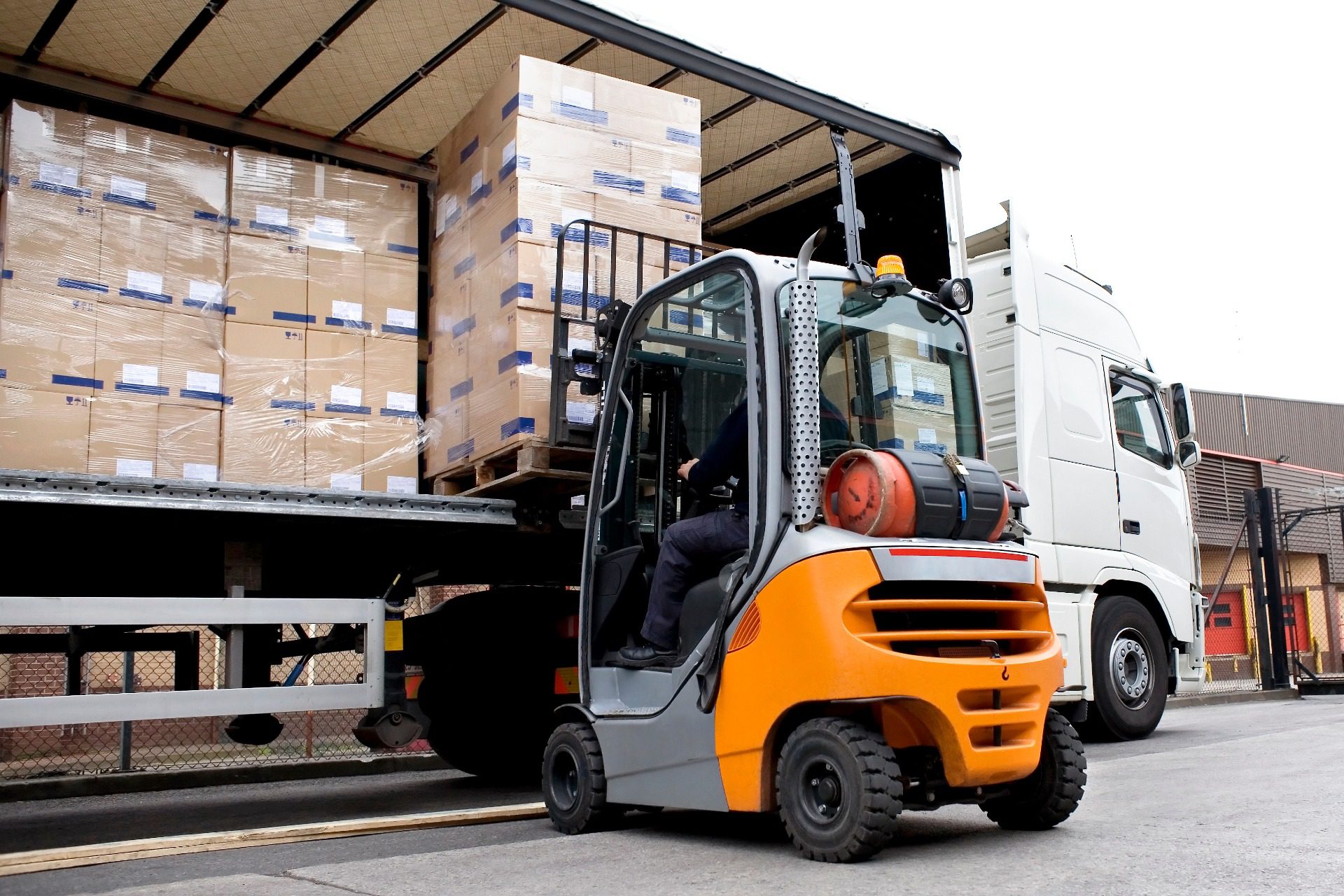Fulfillment Network Stock Keeping Unit (FNSKU) is an Amazon-unique term. FNSKUs are the barcodes that help the eCommerce guru identify and track products and connect them to you, the seller. The product-identifying code is similar to a UPC, and it’s used to help Amazon label your product in their fulfillment centers. FNSKU labels are essential because they’re how you get credit when Amazon ships your product to a customer. Unfortunately, while the FNSKU Amazon system sounds like (and is) a great idea, it can be confusing to the newbie seller. Read on to learn everything you need to know about Amazon’s FNSKU labeling systems.
What is an FNSKU?
What is FNSKU? Amazon creates this code to serve a very specific purpose.
You may be thinking: but my product already has a barcode or UPC code on it.
So why bother with an additional code in the form of an FNSKU? It’s pretty simple. There’s a great chance that someone else is selling the same product as you. If both products go to the same Amazon Fulfillment Center without a unique code linking each product to the correct seller, you risk losing the profit when the product sells. Once both products are in the warehouse, they’ll likely end up together in a large, unsorted, random bin. Amazon will not know whose product was shipped when a sale is made. It’s easy to see how problematic this will be.
To avoid confusion from being unable to track items to their actual owner, Amazon requires all sellers to include an FNSKU on every shipping label. This allows them to easily pair inventory with merchants easily.
Why is FNSKU Important?
The simple reason FNSKUs are so imperative if you’re selling on Amazon is that, similar to UPCs, they identify your product in a warehouse – this is especially important if other sellers have the same or similar products. Without FNSKU labels, it’s possible that another Amazon seller could get credit for selling your products.
FNSKU vs UPC
UPC (universal product codes) and FNSKU labels are similar in that they both identify a specific product. The main difference between the two, though, is that UPCs can be used in all stores and online marketplaces, whereas FNSKUs are unique to Amazon.
How to Create an FNSKU
It’s easy to get an FNSKU so Amazon can connect your products to you once they arrive in their fulfillment centers. You must get an FNSKU if you plan on shipping products to customers if you’re a Fulfillment by Amazon (FBA) seller.
Follow these simple steps to obtain an FNSKU for any of the products you sell FBA:
- Set the product you will sell as FBA (be sure it’s not set to FBM).
- Launch the product to Amazon.
- Amazon will assign an FNSKU to your product once it is in your catalog.
- Export the barcode-like code Amazon generates.
- Affix your FNSKU to your product before you send it into the fulfillment center.
But, how do you get the FNSKU code once Amazon generates it? Just follow the steps below:
- Go to Manage FBA Inventory
- Find your product
- Click the drop down menu to the right of the product
- Click Print Item Labels
- Click Print Labels
- Click OK
- Apply your new FNSKU to your products
*Note the process is different for Private Label Sellers vs Arbitrage Sellers and Wholesale Sellers.
- Private Label Seller: You create your own unique listing and once you click “create,” Amazon will generate your FNSKU.
- Arbitrage or Wholesale Seller: You need to find the existing listing of your product, enter your price and the condition of the product and Amazon will generate your FNSKU.
Do I Need Other Barcodes?
Barcodes are separate from FNSKUs when you are selling FBA. The easiest way to think of the difference is this:
- FNSKUs: Amazon-unique codes that link your products to you so you can get credit when they are sold.
- Barcodes: Specific to products from the manufacturers, used to track inventory during the entire fulfillment process.
What Else Do I Need on my Amazon Shipping Label?
Once you are ready to ship your inventory to your Amazon fulfillment center, there are a few things to check in terms of labeling and packaging. Every shipment must be correctly identified with the proper shipment ID label. Print shipment ID labels from the Shipment Creation Workflow. Or, if you have created the shipment already, access it from your Shipping Queue.
Use the following guidelines as your checklist:
- Print labels in a full set – every label is unique so never reuse, modify or copy labels
- Labels should be 1 ⅓ x 4 inches
- Affix labels to a flat full side of the box, not across a seam – you don’t want them sliced or damaged when the box is cut open
- Be sure both the carrier label (FedEx, UPS, ect) and the FBA shipment ID label are firmly attached to a flat surface on the box –do not fold them around corners or over edges
- Ensure both labels are readable and scannable
- Every box you ship needs its own unique FBA shipment ID label – you can print this from your Shipping Queue
- If shipping a pallet – use four labels, one of the top and center of each side
- If shipping multiple case packs in one master carton – the shipment ID label should be on the master carton; do not use any shipment ID labels on case packs inside
How Can ShipCalm Help With FNSKUs?
If you’re sold on the concept of implementing FNSKUs, but re-labeling all your products sounds overwhelming, fear not! ShipCalm provides labeling services and streamlines all inventory requirements at affordable rates. Check out our Amazon Prep Services page to learn more.
Looking for help or have any questions about setting up your FNSKU or shipping labels for your FBA shipments? Contact ShipCalm today for these and all your Amazon needs.




